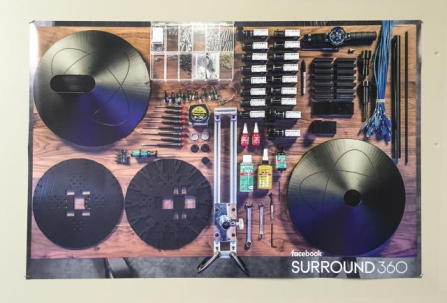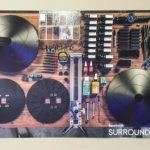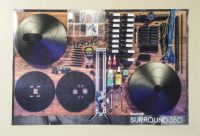Inside Facebook’s $30,000 Surround 360 Camera Project
Stapled to the wall outside a lab near Facebook’s Silicon Valley headquarters are 15 slips of paper, the pride of the team behind the company’s open-source 360 degree 3D camera project.
Each of the slips is a “notice of baggage inspection” from the Transportation Security Administration, those TSA pamphlets you sometimes find tucked inside your checked suitcase when you get home. Collectively, the 15 slips represent the many times the Facebook team has quickly packed up one of its cameras, along with the rugged computer and storage device that go along with it, into a giant hard-sided case and run off to fly somewhere to test the camera in a real-world video shoot.
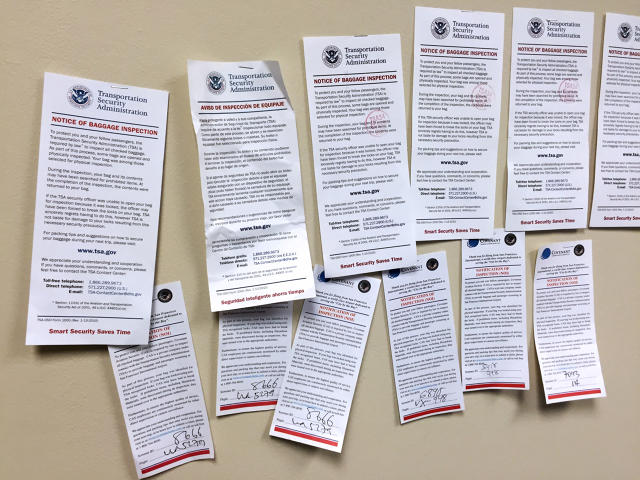
Facebook first announced the camera, called the Surround 360, in March, and today, it is releasing the open-source designs for the project, hoping to democratize 360-degree filmmaking. The hope? That it is widely adopted by artists wanting to shoot high-quality, stereoscopic, 360-degree video, the first step to what it expects will be a wide range of community-driven iterations to the project.
The team behind the project is effusive about the mandate they’ve been given to create a high-end 360-degree 3D camera system that could inspire filmmakers from Hollywood and beyond to create a new visual language and drive the kind of rich productions that will advance the state-of-the-art.
“We’re right at the beginning, and that’s kind of the exciting thing,” said Brian Cabral, the Facebook engineering director who led the camera project since its inception a year ago. “You get a chance, once in a lifetime, to be right at the birth of a completely new medium.”
The Surround 360, which will cost around $30,000 to build as designed, includes 17 different capture devices that are synchronized, and can record two hours of 360-degree video at up to 60 frames per second, as much as 8K per eye. It is meant to work with a range of platforms, from Samsung’s Gear VR to the Facebook-owned Oculus Rift, and many others, including 360 video systems like those from Facebook and YouTube.
“You can’t put a value [proposition] on it, it’s so important,” said Jeffrey Greller, a talent agent at William Morris Endeavor who specializes in VR. “Honestly, it’s like removing the curtain, if you’re a magician, on how you do everybody’s favorite trick….I am so excited for the democratization of 360 video from the creation side, because that is the major pain point for the medium now to keep pushing forward at the rate at which it needs to.”
In addition to the design of the camera itself, which includes all off-the-shelf parts—with the exception of a cover that can easily be crafted by almost any metal shop—Facebook is also releasing software that stitches the footage together seamlessly, as well as for the computer and storage system. Developers can access designs for the hardware and software, as well as the stitching code, on GitHub.
With 360 imagery, users can see all around them, in 360 degrees. That’s ideal for VR headsets, which allow people to move their heads to look in different directions. On the web, or on mobile devices, users can move the imagery around by clicking and dragging.
There are, of course, other high-end 360-degree camera systems, including those from Jaunt VR, Nokia, and even Google, and low-end cameras like Ricoh’s Theta S and Samsung’s Gear 360. Facebook is betting filmmakers will adopt its rig because of the crisp clarity of the video and still images it produces, the quickness with which they are automatically stitched together by software, and the extensibility of the camera design that will doubtless come as a result of it being an open-source project.
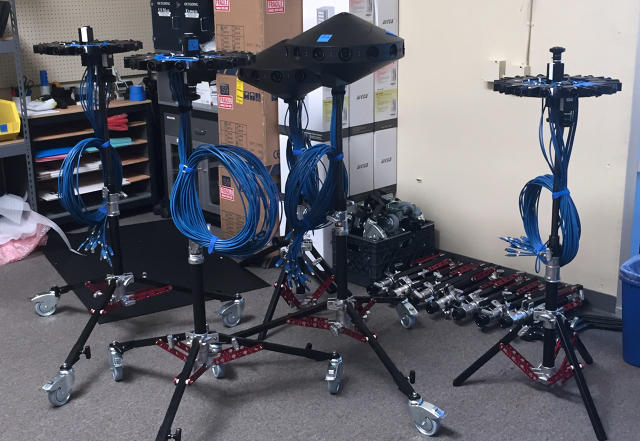
“Creating virtual reality requires a post-production process that is very complex and lengthy,” Armando Kirwin, executive producer and head of post production at VR content developer Vrse.works told Fast Company in March when the Surround 360 project was first announced. “In fact, turnaround time for an average project is two to three months. The beauty of the Facebook Surround 360 is that it stitches internally—dramatically reducing the time spent in post. It also produces the highest resolution stereo image I have ever seen from a VR camera. This will free up more time to focus on what matters: crafting meaningful stories and being creative.”
“Facebook doesn’t want to be in the camera business”
At Facebook’s F8 developers conference in March, where the camera was unveiled, Chris Cox, the company’s chief product officer, explained that the major goal of the Surround 360 project was to “accelerate the growth of the 3D-360 ecosystem—developers can leverage the designs and code, and content creators can use the camera in their productions,” and that it would release the camera design free of charge because “Facebook doesn’t want to be in the camera business.”
But it does want to be in the business of pushing the limits of technology and using advances it and others make to bolster its core goals.
“This came together almost as a culmination of a lot of history [of media technology] over the years, a confluence of technology and algorithms, and hardware,” said Cabral, “and this is almost like a zeitgeist moment for VR and VR capture….We were looking at historical trends in media…radio, photography, the Internet, video on the Internet, and photos, and we felt the next piece is virtual presence and connecting people by being there.”
A former vice president of engineering at NVIDIA who specialized in next-generation imaging architectures, Cabral joined Facebook in the spring of 2014, and had been working on developing imaging algorithms before taking over the camera project.
Cabral’s team works out of a dull-beyond-belief office park just a few blocks from Facebook’s huge, Frank Gehry-designed headquarters. The lab is set up in one of those typical low-slung Silicon Valley buildings where you can still sense the ghosts of a dozen companies that occupied the space over the years. Though it would be nice to work in the fancy digs at HQ, Cabral says the team is here because it needed the larger space afforded by this big, high-ceilinged office.
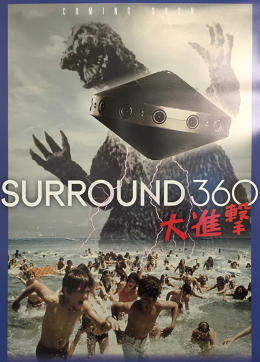
The walls of the lab reflect the team’s hard work over the last year, as well as a sense of humor that no doubt comes from working day in and day out in such close quarters with the same people. A mock movie poster shows the flying-saucer-looking Surround 360 hovering in the air above a beach as Godzilla menaces dozens of people running for their lives. Nearby, two of the camera’s covers hang, signed by team members. And a full-color poster shows all of the parts that the camera project requires.
During the many months the Facebook team developed and tested the camera hardware and software, it arrived at a marriage of math and reality, a marriage that helped them move quickly.
Open-Source
By open-sourcing the project, Cabral explained, the team is hoping to double-down on that fusion.
“We want to involve the academic community, and the professional image-makers, like cinematographers, and folks that want to push the envelope,” Cabral said, “so we built this system to do exactly that.”
The plan from the earliest days of the project was to open-source the Surround 360 because Cabral and his team felt that was the fastest way to accelerate the curve of media technology advancement.
“Pretty early on, we were saying making it open-source just makes sense,” Cabral said. “It fits with what we’re doing in general in the company, but also it was the way we could help foster that growth. That was the quickest way we could move and build the ecosystem.”
Yet, Facebook has no problem with someone building a business around its camera design. “That’s awesome. There’s nothing stopping them from doing it, and we’ve made the licensing so we would encourage that.”
At the same time, the expectation is that people won’t take Facebook’s design as gospel. Some will build less capable versions that cost less, while others will go bigger, faster, and more powerful.
Though anyone wanting to build a 360 3D camera based on Facebook’s design can do what they want with it, the package the company is open-sourcing includes instructions for building not just the camera itself, but also the rugged computer and storage system that goes with it, as well as software that controls the camera and rendering software that quickly stitches together the imagery from the 17 different lenses.
Looking at the manual for building the camera, one can’t help but be reminded of an Ikea instruction sheet, albeit one for a $30,000 product. It has a detailed parts list, and step-by-step instructions.
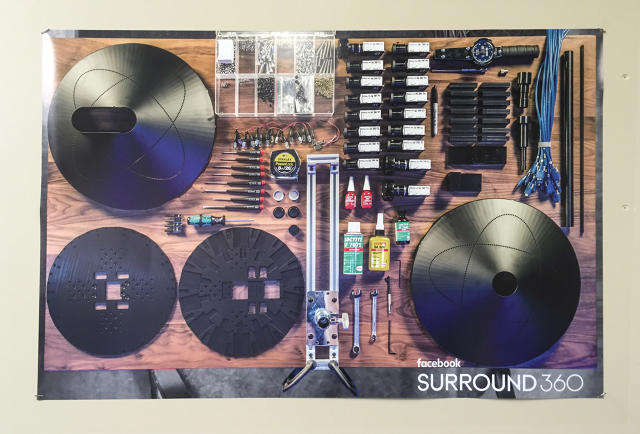
Cabral said the idea was to make it simple to build, even for someone without a lot of experience constructing complex, expensive cameras. To prove the point, the team brought in a Facebook employee from outside the team, gave him the parts and the instructions and set him loose on putting it together. He built the $30,000 system in just four hours.
Since Facebook won’t make a penny directly from the Surround 360, even if someone were to build a business based on the design, one might wonder how it benefits the social networking giant.
“Our mission is to connect the world, and connect you with your family and friends and things you care about,” said Cabral. “And sharing is done with information. Letters, phone calls, video conferences. Sharing a video, sharing a photo. And we said, Where is that trajectory, and said, Oh, this is where that trajectory goes: To bringing you in the moment immersively. So we said, What is the next step, and this is the logical next step.”
Related Video: How Facebook Is Becoming The One-Stop Site Of The Internet

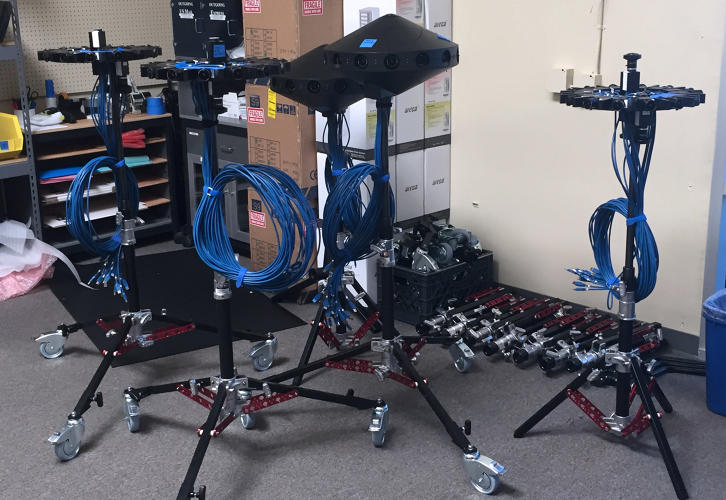
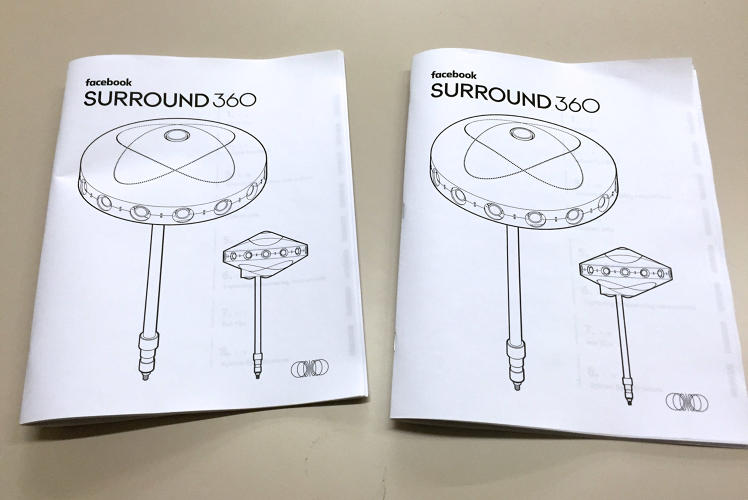
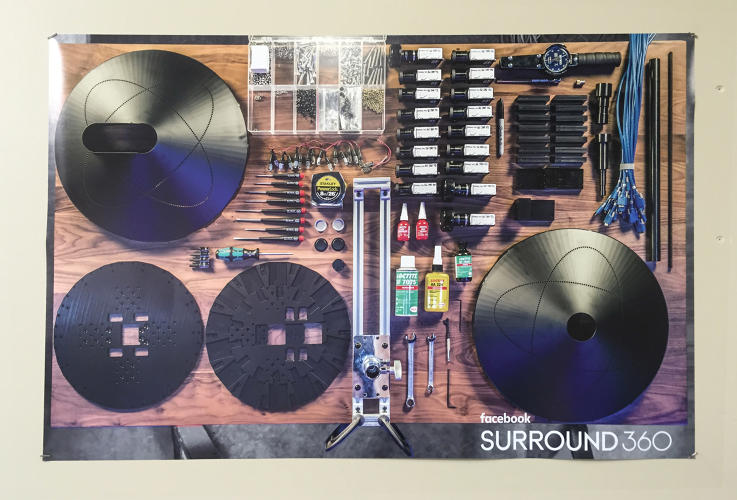


Fast Company , Read Full Story
(23)

